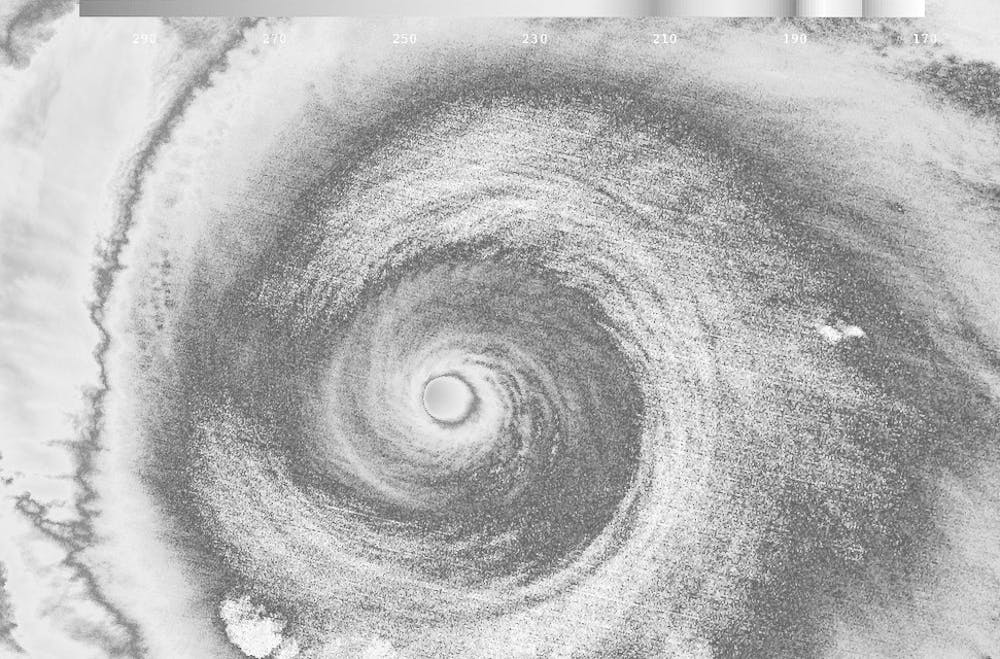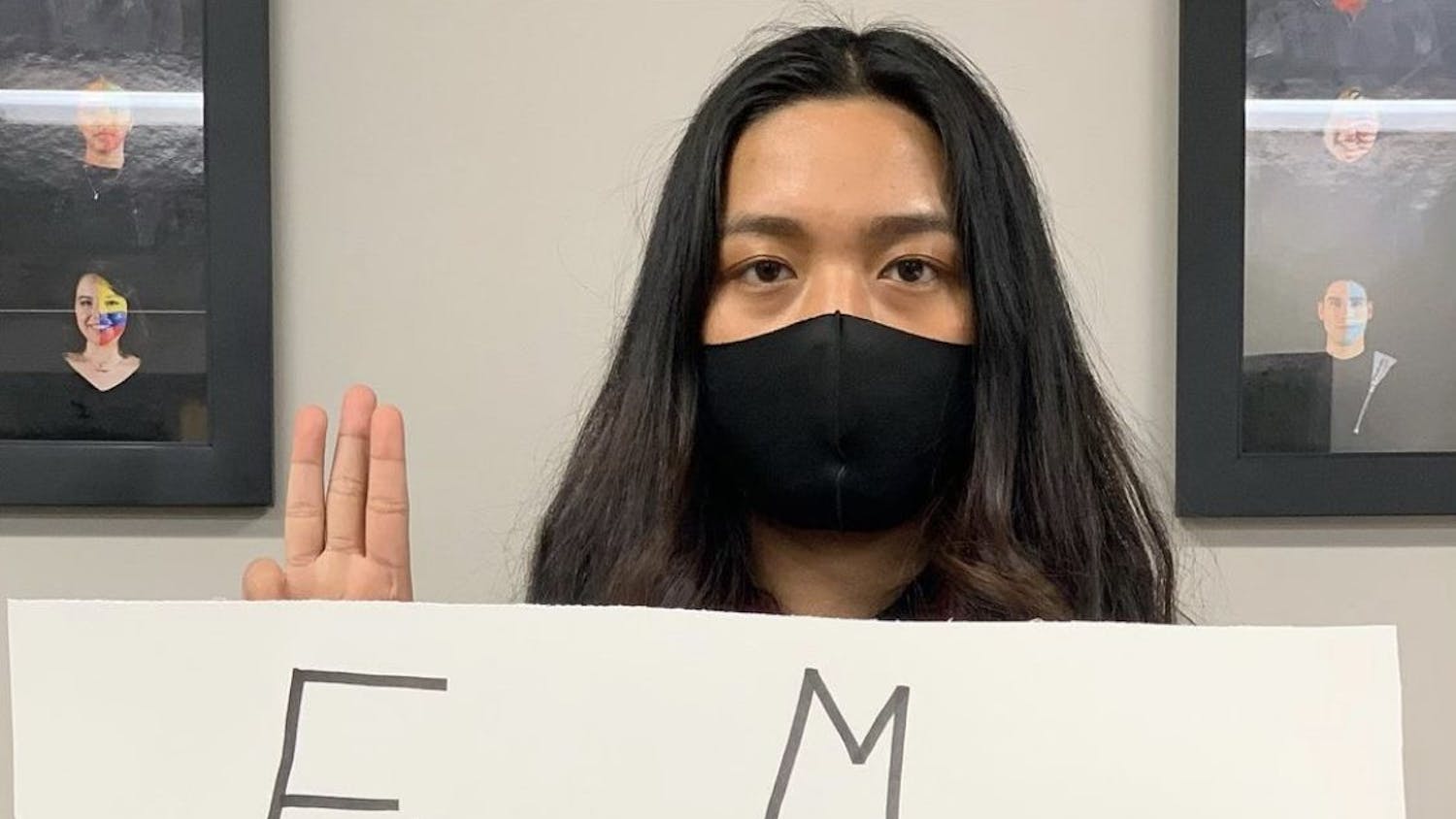By Tom Gbean| Echo News
Hurricane Patricia emerged suddenly in the Eastern Pacific on Tuesday, Oct. 20 as a tropical cyclone and quickly escalated into a Category 5 hurricane.
With winds mounting up to 200 mph, Patricia was hailed as the strongest Pacific Ocean hurricane on record.
The hurricane formed near southern Mexico. By the time the Air Force's hurricane hunter plane flew through the storm, sea level pressures were approximately 892 millibars. The previous record for sea level pressures for tropical storms in the area was set by Hurricane Linda in 1997 at 902 millibars.
Because Patricia fell on land in the mountainous regions of Mexico, the storm lost much of its momentum that it would have sustained if it had hit flatter and more open areas.
Other factors also played into decreasing Hurricane Patricia's damage. Hurricane Patricia's catastrophic punch landed on the coastal areas of Mexico before scurrying off into the Mountains. Robert Lopez Lara, interior secretary for the state of Jalisco, noted that there were no reports of death or injury due from the hurricane.
Major cities that were impacted by Hurricane Patricia include Chemela, Manzanillo, Puerto Vallarta and some southern U.S. cities.
The worst damage caused by the hurricane was from rainwater, flooding and strong winds that knocked over buildings.
Arturo Morfin Garcia, a resident of Chemala, lost the home he built in the storm. In an interview with Dallasnews, Morfin talked about evacuating and coming back to his destroyed home.
"It wasn't hard to leave. It was hard to come back and find this," Morfin Garcia said. "So much work to build something. It makes me very sad, but what can we do with these natural phenomena?"
Thanks to Mexican officials, there were more stories of people being safe than of disaster and death. As soon as Hurricane Patricia formed, officials began to make preparations to evacuate citizens from areas in the path of the storm.
Mexico has experienced other storms in the past, including Hurricane Ingrid and Tropical Storm Manuel, both of which hit Mexico in 2013. Tropical Storm Manuel killed around 120 people in low income areas of the city and Hurricane Ingrid was reported to have killed 41 people.
During previous natural disasters, citizens accused Mexican officials of being complacent and unproductive by not providing adequate warning and prompt evacuation. In fact, officials such as Guerrero state governor Angel Aguirre were noted to be "partying" when Hurricane Ingrid and Tropical Storm Manuel hit.
This time, Mexico prepared for the worst-case scenario. The government announced warnings of the impact of Hurricane Patricia via radio and television programs to citizens before and after the hurricane hit. Thousands of residents were evacuated from the coast and other areas which could have potentially been hit.
In addition, roughly 3,000 soldiers and hundreds of police officers were dispatched to aid residents and establish thousands of shelters. Airports and schools were also shut down.
Due to the intense nature of Hurricane Patricia before it reached land, there have been concerns from the meteorology community about whether a similar storm may form in the Gulf of Mexico and impact the U.S.
Keith Blackwell, associate professor of meteorology at the University of South Alabama, fears that it is possible for the rapid intensification that characterized Hurricane Patricia to happen in the Gulf of Mexico. The Gulf of Mexico fosters an ideal environment that could support and strengthen a tropical storm-namely its loop of warm water that continuously flows in from the Caribbean.
In the event that a "flash hurricane" such as Patricia forms in the Gulf of Mexico and hits U.S. cities, officials may have little to no time to form a proper evacuation plan or other responses. It is typical for cities who will be impacted by a storm to have 72 hours to become aware of the storm and to prepare.
If a Category 5 hurricane like Patricia hits officials will have to compress their decision-making time. This could lead to heavy injury and death counts in the populated southern regions of Alabama and other major cities.
In response to Hurricane Patricia, many southern counties including Mobile County Emergency Management Agency are evaluating their evacuation procedures.
Thanks to preparedness and a little bit of good fortune, Mexico was able to avoid what could have one of the worst disasters in years. Despite a few flooded areas and some toppled buildings, the officials felt like it handled the situation well.
"The hurricane put to the test the reaction of all three levels of government," Ricardo Aleman wrote in his Sunday column in the newspaper "El Universal." "And unlike many other occasions, the coordination (this time around) was almost perfect," Reported Latimes.





